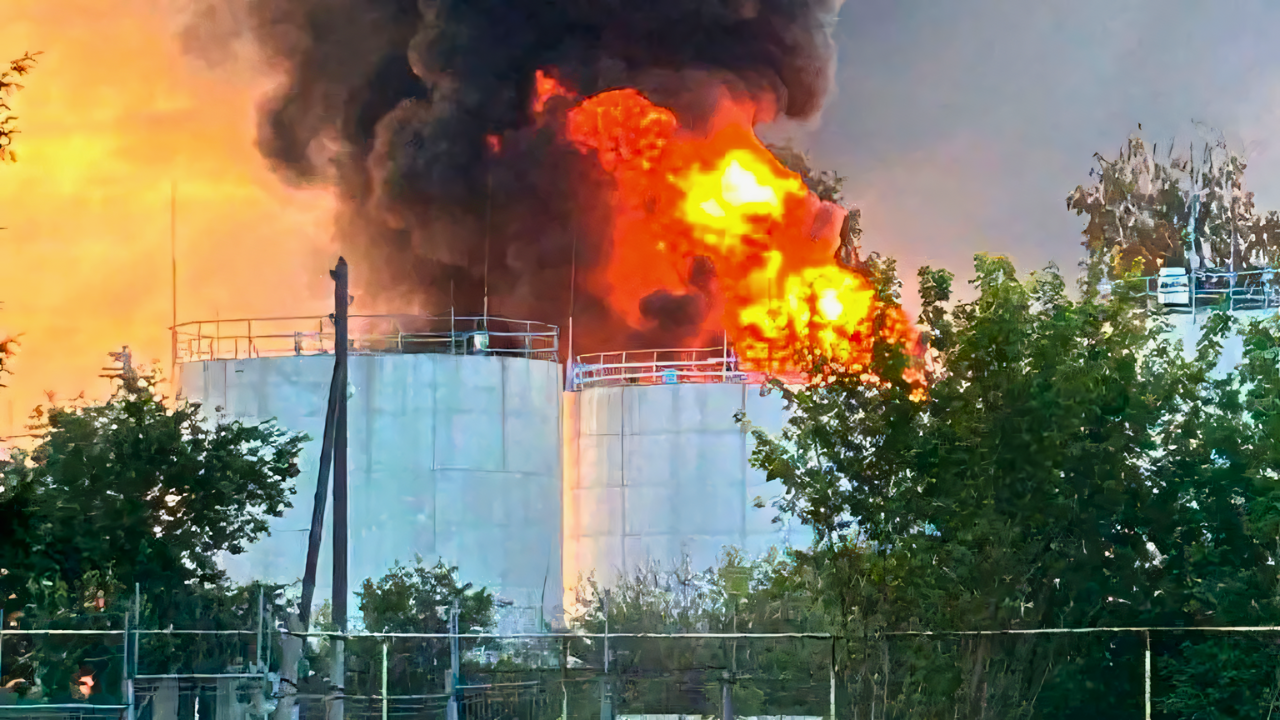
Ukraine carried out the longest drone strike in history on October 6, 2025, striking Russia’s Antipinsky oil refinery 2,100 kilometers inside Russian territory, close to Tyumen, Siberia. Due to the serious damage done to this $400 million facility, Ukraine’s strategic capabilities significantly increased.
As Ukraine uses long-range unmanned aerial vehicles (UAVs) to target vital Russian energy infrastructure located far behind front lines, this strike breaks the country’s previous record of 1,800 km and ushers in a new era in drone warfare. The strike emphasizes the strategic significance of energy assets in this conflict and the deterioration of Russia’s supposedly safe rear areas.
The Historical Background of Drone Combat
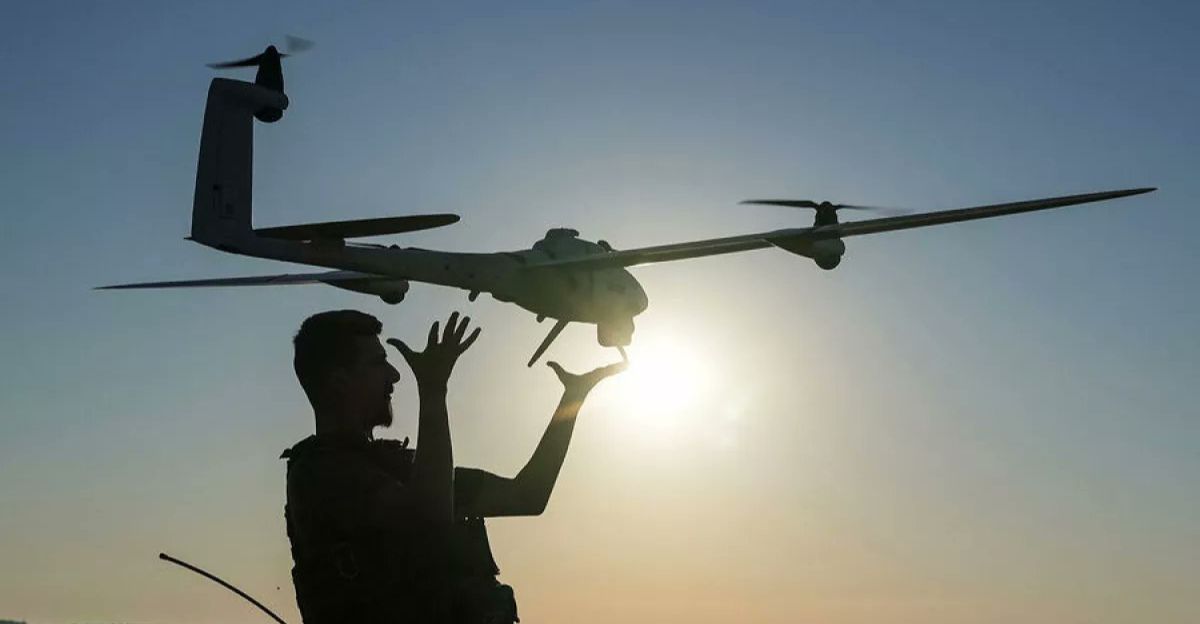
Since the early 21st century, drone warfare has progressed from tactical reconnaissance to long-range, strategic attacks. The use of drones by Ukraine marks a significant change from defensive reconnaissance to deep strikes that are offensive.
In mid-2025, Ukraine set a new record for the longest drone strike, which covered 1,800 kilometers and targeted important Russian military radar installations in the Orenburg region. The necessity to counter Russia’s enormous territorial advantage and restricted access to Western long-range missiles contributed to the development of this long-range emphasis.
Innovation in Technology and Ukraine’s Drone Initiatives

Since 2022, Ukraine’s drone capabilities have rapidly improved. UAVs that are more advanced and have a longer range have been developed to complement domestic designs and modifications of commercial drones into “first-person view” attack drones.
In June 2025, Ukraine’s “Operation Spiderweb” showed how more than 100 drones could be coordinated to strike several Russian airbases located deep within Siberia. Further developments in drone endurance, navigation, and precision targeting are highlighted by the recent attack on the Tyumen oil refinery.
The Strategic Importance of Oil Infrastructure Targeting

A key component of Russia’s economic and military power is its energy infrastructure. One of Russia’s major oil processing facilities, the Antipinsky refinery, is essential for the production of diesel and fuel supplies needed for Russian military and industrial operations.
Russia’s operational logistics and strategic resilience are hampered by the disruption of fuel supplies and increased fuel prices caused by the strike on this facility. Ukraine aims to stifle vital resources that extend Russia’s offensive capability by intensifying the economic warfare aspect of the conflict and applying pressure not only on military targets but also on Russia’s larger war-sustaining infrastructure.
Strategic and Psychological Effects on Russian Defense

The strike’s penetration into Siberia sends a strong psychological signal to Russian military strategists and leadership. It challenges Russia’s conventional understanding of strategic depth, which consists of safe areas that are far out of Ukraine’s grasp.
As a result, Russia is forced to reevaluate the deployment of air defense over large, sparsely populated areas, which strains available resources and makes command and control more difficult. Russian morale and confidence in its rear security may be damaged by the loss of an expensive oil asset and the obvious display of Ukrainian drone reach, which would add uncertainty to Moscow’s strategic calculations.
Wider Military Developments in Contemporary Conflict

The drone strike by Ukraine is indicative of broader patterns in warfare around the world that emphasize unmanned, precise, and long-range capabilities. The number and availability of conventional missile systems, such as Storm Shadow and ATACMS, are still restricted.
This is made up for by Ukraine’s scalable drone usage, which allows for multiple strikes at once at a lower cost and with less danger to human pilots. This is a novel approach to warfare that combines psychological warfare, economic pressure, and attrition, posing multifaceted defense challenges for Russia.
Economic Repercussions Outside of the Front Line

Damage to the $400 million Antipinsky refinery affects domestic gasoline and diesel availability in the Tyumen region and larger Siberian regions, disrupting not only the military fuel supply but also Russia’s civilian energy market. This contributes to inflationary pressures in Russia’s energy sector by requiring expensive repairs and downtime.
Such strikes increase economic strain as Russia draws from its reserve diesel stocks. Furthermore, this damages Russia’s standing as a reliable international energy supplier, which could have an impact on oil prices worldwide and raise issues with energy security outside of conflict zones.
The Strategic Adjustment of Ukraine to Missile Shortages

Western missile systems, such as Storm Shadow and ATACMS, have been supplied to Ukraine in small quantities, and their range has been restricted. A logical strategic alternative to hitting deep targets without using up limited missile stockpiles is Ukraine’s focus on drone technology.
Ukraine can more effectively carry out extended strikes on Russia’s rear infrastructure thanks to the affordability and versatility of drones. In order to supplement drone operations as part of an integrated long-range strike capability, Ukraine is also investigating the development of domestic ballistic and cruise missiles for mid-range precision attacks.
Risks and Difficulties of Deep Drone Operations
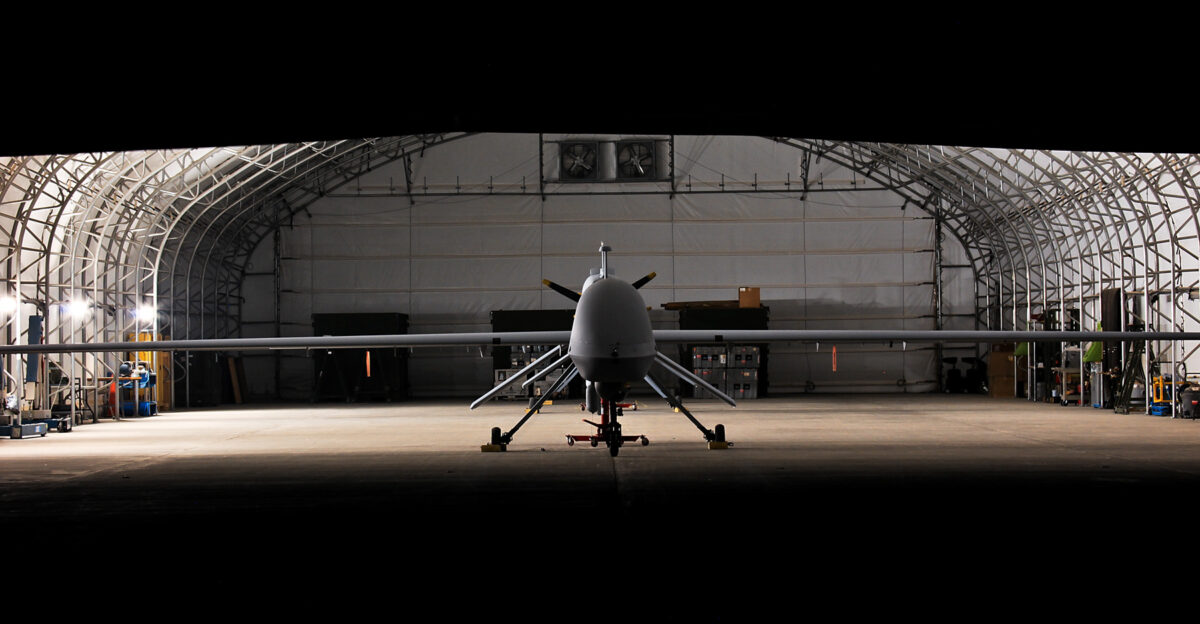
There are significant logistical, navigational, and operational challenges involved in carrying out a 2,100 km drone strike. In addition to environmental factors like Siberian weather and terrain, long-range UAVs run the risk of being intercepted by sophisticated Russian air defenses.
The success of the strike shows that Ukraine has overcome these obstacles by using stealth tactics, GPS navigation, and enhanced electronic warfare. Drone detection and loss risks are still high, though; success hinges on intelligence, coordination, and exact timing. Russia is also forced to improve counter-drone measures as a result of growing drone dependence, which is likely to intensify the arms and countermeasures race.
Effect on Geopolitics and Russia’s Energy Exports

The refinery strike limits supplies of refined fuel that meet military and commercial demands by interfering with oil processing capacity vital to Russia’s export economy. Attacks deep into Siberian hubs worsen export challenges and heighten geopolitical tensions, as Russia’s energy sector is already under strain from Western sanctions.
These steps might compel changes in Russian energy policy, which could hasten resource militarization or diversification. They also emphasize Ukraine’s intention to expand the economic front of the conflict, which could call attention to the vulnerabilities of international energy markets that depend on Russian supply.
Operation Spiderweb: Its Aftereffects
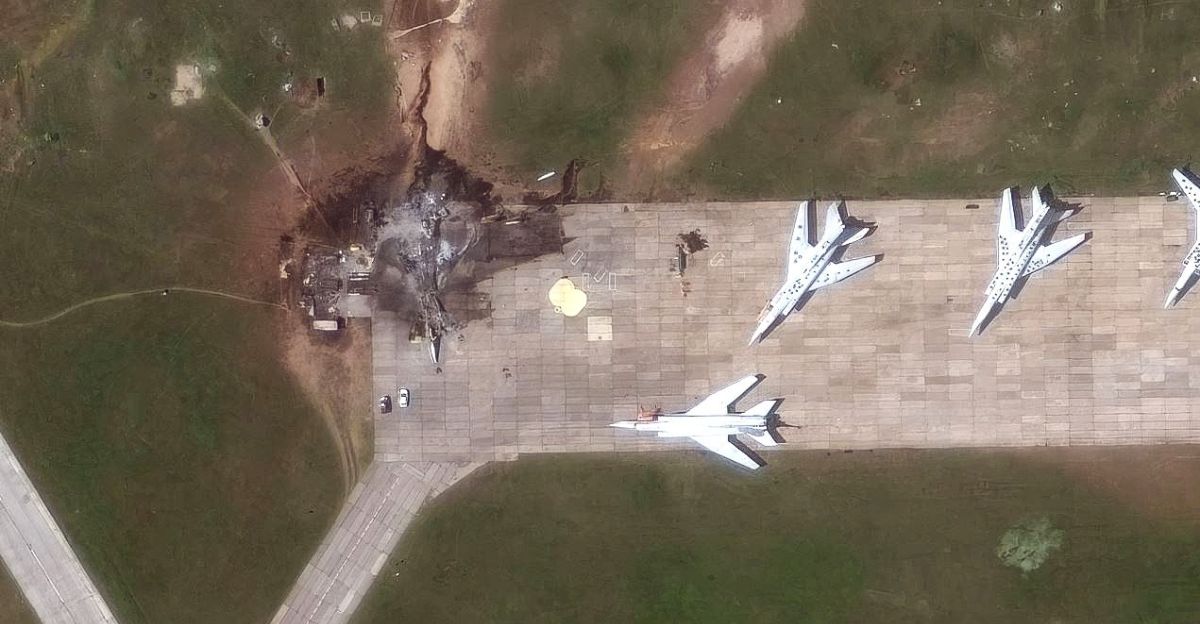
Operation Spiderweb, which used 117 drones to target several Russian airbases throughout Siberia in June 2025, established a standard for Ukraine’s long-range aerial operations.
By destroying Russian strategic bombers and debilitating airpower far from frontline areas, it showed Ukraine’s ability to coordinate long-range, precise strikes with strategic effects. This legacy is directly expanded upon by the Tyumen refinery strike, which applies comparable ideas to energy infrastructure.
Information Strategy and Psychological Warfare
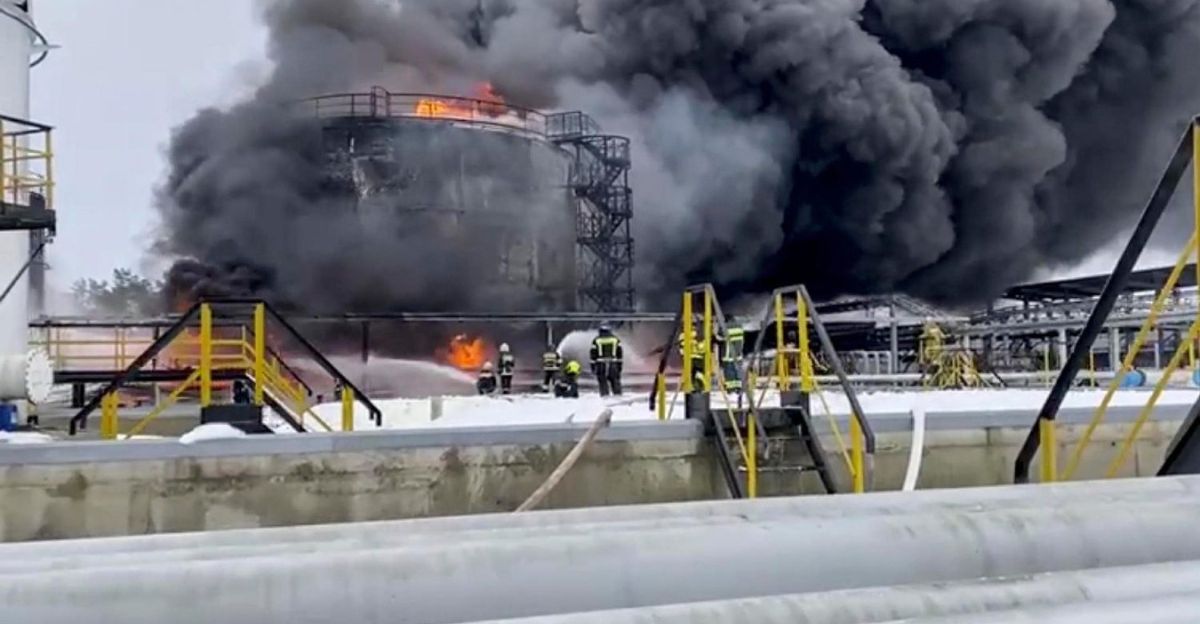
In addition to causing physical harm, the strike is psychological warfare that demonstrates Ukraine’s strength and determination.
In order to undermine Russian narratives of invulnerability and boost domestic morale and international support, propaganda and public messaging highlight Ukrainian technological advancement. According to reports, the strike on Putin’s birthday gained symbolic significance, which increased its psychological impact even more. Perceptions of strength and endurance are shaped by this strategic communication, which is important in long-lasting conflicts where public opinion affects both political and military outcomes.
Escalation Risk

Although strategically significant, such deep strikes run the risk of intensifying the conflict. Wider regional instability could result from Russia’s response, which could include increased missile and drone attacks on Ukrainian infrastructure or other territorial escalation.
Deep strikes, according to some detractors, run the risk of inciting more severe retaliation or more overtly attracting outside actors. Nonetheless, in the context of a total war, Ukraine’s need to weaken Russian capabilities justifies taking these risks in order to expedite a favorable settlement of the conflict.
Using a drone strike as a tactical signal

This attack is a prime example of a new strategic paradigm in which drones serve as both tangible weapons and indicators of intent and capability. It encompasses three effects: economic disruption, psychological strain, and physical harm.
The complexity of modern warfare, where technology transcends frontline conflicts and reshapes strategic relationships across domains, military, economic, and informational, is better understood when approaching drone strikes through this lens.
Conclusion

A turning point in conflict innovation was reached when Ukraine launched a 2,100 km drone attack on Russia’s $400 million Tyumen oil refinery. It demonstrates significant technological advancement, strategic vision, and a comprehensive strategy for war that combines military, psychological, and economic impacts.
Although there is still a chance of escalation, the strike fundamentally changes Russian security perceptions and calls into question conventional notions of strategic depth. This attack breaks preconceived notions about vulnerability and power projection in contemporary warfare, in addition to piercing geographical boundaries. The course of the conflict and future paradigms of warfare around the world will probably be influenced by Ukraine’s growing drone capabilities.